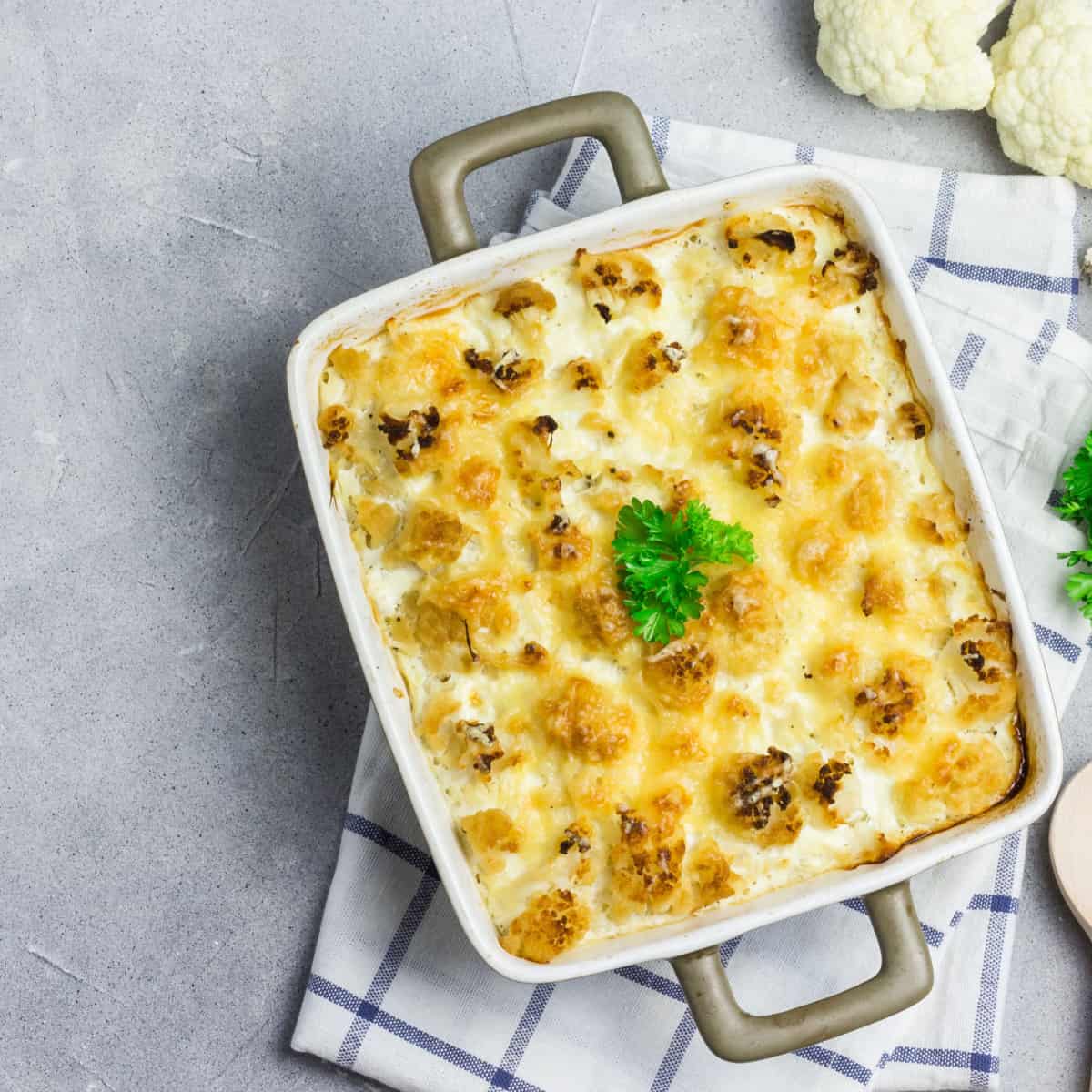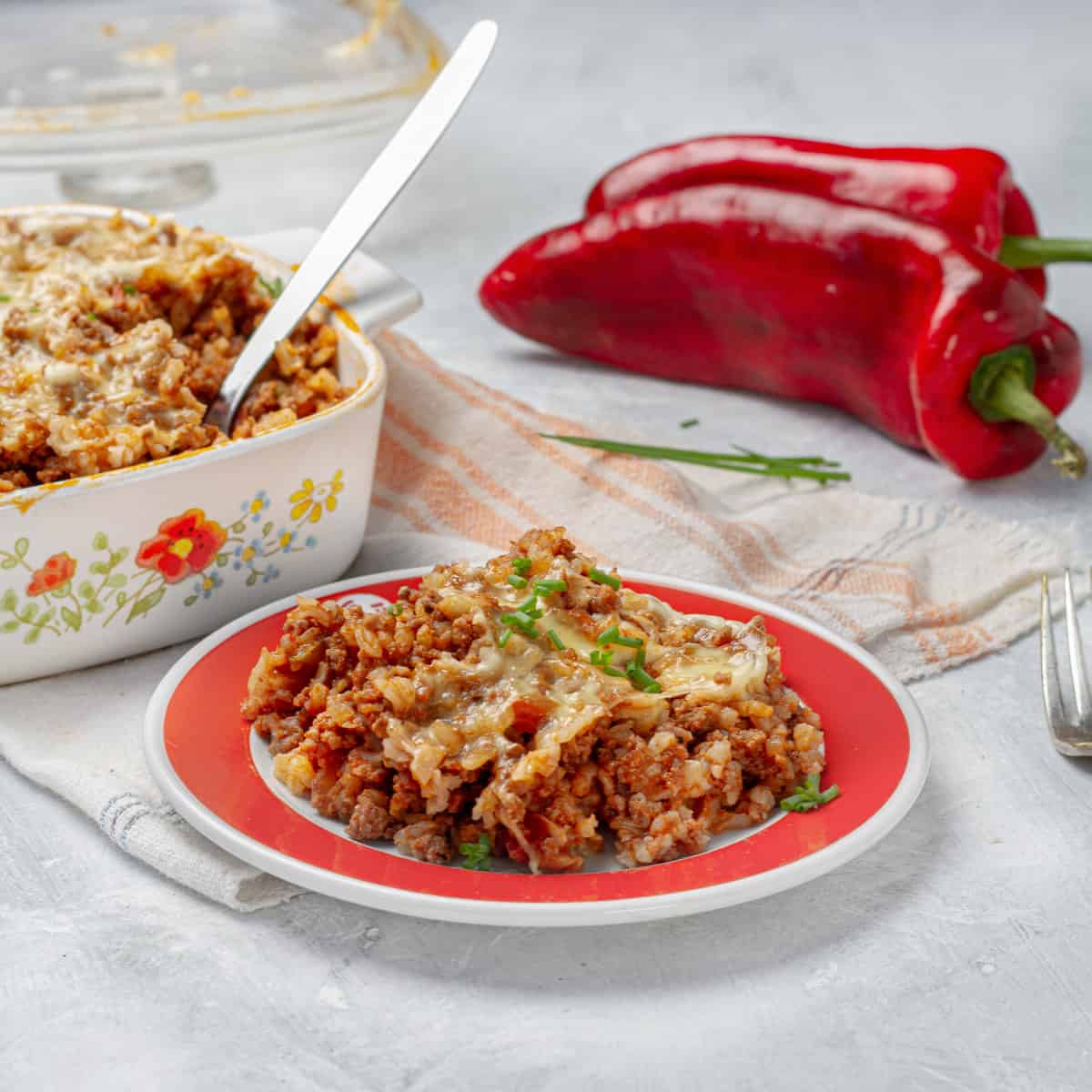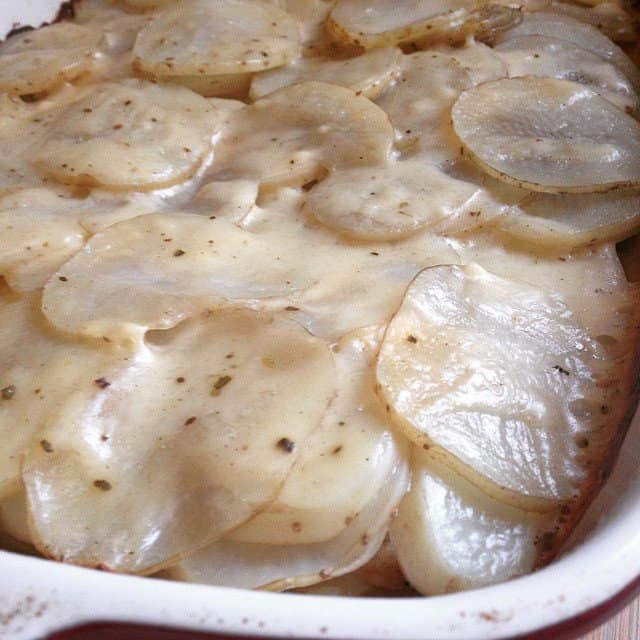Casseroles are a type of dish that usually contain four main components – protein, veggies, starch, and a saucy, binding element (and sometimes cheese, too). They are typically baked in the oven but can also be made in a slow cooker, on the stovetop, or by other methods. Initially, following recipes is the best way to learn how to make casseroles. However, once you become more experienced, you can experiment with creating your own unique combinations. As you perfect this dish, you will learn a number of cooking skills through trial and error, such as how much liquid or seasoning your casserole needs or whether or not to cover it.

But to avoid as many mishaps as possible, it’s helpful to learn some secrets from professionals who have many years of cooking experience. For instance, professional chefs like Alton Brown, Martha Stewart, and Kardea Brown have made more than just a couple of casseroles in their day. This is good for you because they’ve documented some recipes and tips while letting you in on some secrets that you’ll want to know when it comes to casseroles. Take a look at these clever and helpful suggestions that some of the top chefs shared!
1. For Casseroles That You’ll Freeze, Only Make the Base And Worry About The Topping Later
Rachael Ray shared one of her secrets when making casseroles on her cooking show. She says that if you’re busy and can’t cook every single night of the week, you can make different casserole bases, such as chicken and veggies or chili. Then, you can freeze those dishes. When you take them out to heat and use them, make the toppings for them right then, whether you want to load on biscuits, a breadcrumb topping, crispy fried onions, or something else. This is genius because you can get ahead on your meals, and they come out tasting fresh!
2. If You Thinly Slice the Veggies, They Cook Faster
It can be tricky to make a casserole when it has various different vegetables in it. Of course, many vegetables require cooking, or at least par-cooking, before you put the dish in the oven. When you want to get dinner on the table in a quick manner, Paula Deen’s secret (discussed in a YouTube video) is to slice the vegetables very thinly so that they cook faster. Although chunky vegetables are appetizing for things like stew, they’re unnecessary in casserole since they hide among many other components.

3. Building Casseroles in Layers Creates Flavor and Texture Distinction
In a special YouTube video showcasing five different casserole recipes, Ree Drummond explained the importance of layering casseroles. While not every casserole needs to be layered, it’s nice to assemble them this way when possible. “I really like layering it because it keeps the elements separate, and then every bite you get, you get a little bit of cheese, a little bit of creaminess…it’s really nice”, said Drummond. Her secret to building the casserole in levels is wise because rather than some of the flavors getting lost, you can differentiate between the different textures, seasonings, and ingredients, so it’s not just one mushy, jumbled mess.
4. Drawing Out Water from Certain Veggies Prevents Sogginess
Have you ever made a casserole that turned out soggy? This can happen for a number of reasons, such as adding too much sauce or undercooking it. However, Kardea Brown mentioned in a video that you need to be careful with certain veggies because they contain a lot of water. She noted that mushrooms tend to carry a lot of water, so she used salt to draw the moisture out of them while she sautéed them on the stovetop. So, be mindful of which veggies you use and their required preparation. For instance, frozen spinach needs to be pressed and drained!

5. You Can Save Time By Using Up Leftover Pasta or Rice
Rather than deciding to make a casserole last minute and having to cook the pasta or rice, you can simply use some that you’ve already cooked. For instance, if a recipe calls for macaroni noodles, but you already have cooked penne noodles in your fridge, you can go ahead and use that up! This is a great chance to utilize any leftovers that you have! You can see Gina Neely do just this in a video where she makes an Easy Rice Bake Casserole. Rather than taking time to make rice on the spot, she has it ready to go in a Tupperware container.
6. Giving The Casserole Time to Set Is Crucial
It’s certainly tempting to dig right into your casserole when it’s fresh out of the oven. However, Marcela Valladolid’s secret to a perfect casserole is allowing time for it to set. This simple step ensures that the food is the right consistency. Otherwise, it might be runny while it’s super-hot and can’t hold its shape on the plate when you serve it. In a video for Zucchini Tortilla Casserole, a Mexican-style lasagna, Valladolid explains the importance of this. She then slices into the casserole to show how it comes out of the pan much easier this way.
7. The Casserole’s Presentation Is Better If You Fluff The Top
We bet you didn’t know Gordon Ramsay’s secret to a gorgeous casserole! He demonstrated his tip in a YouTube video where he made Classic Shepherd’s Pie. He takes a fork and fluffs the potatoes to give them more texture. This helps the presentation because it gives it a more rustic look. However, it also helps with browning. When he takes the casserole out of the oven, you can see that the spots where he fluffed turned nice and golden brown. So, it helps give the food color, too! Try this with other dishes; it works with any casserole with cheese, biscuit dough, or other toppings.
8. Mixing In Some Eggs Helps Bind the Dish
If your casseroles never seem to set, you can use Alton Brown’s trick of mixing some eggs into the casserole. In a video, Brown explains that this helps bind the dish. You can’t taste the eggs, which doesn’t make it have an eggy texture either, so don’t worry. Make sure to cook the food hot enough for the eggs to fully cook, of course! He also explains how the eggs don’t scramble if you add them to the filling while you cook the other components on the stove. They simply help solidify the sauce.
9. Adding A Dash of Vinegar Brings The Flavors Out
Jamie Oliver has a unique approach when it comes to giving his casserole a burst of flavor. Rather than just sticking to seasonings, Oliver throws a dash of vinegar in the casserole mixture when he takes it out of the oven. Essentially, it is a finishing touch, and you don’t need much at all. He shows this demonstration in a YouTube video where he makes Veggie Casserole. “Something I like to do is a little thimble of vinegar, just to bring the flavor out, make it a little lighter, more tangy…” said Oliver.
10. Adding Some Honey Balances The Flavors In Spicy Casseroles
If you make a casserole that’s on the spicy side of things, you might make the mistake of making it so hot that it’s hard to enjoy. No worries, though. Bobby Flay’s secret to creating harmony with the flavors in casserole sauces is to simply add a dash of honey. He showed this tip on an episode of the Rachael Ray Show. Flay said, “I like to use honey in basically everything I cook, especially when I’m cooking spicy things because it balances out the heat. Now I don’t wanna make it sweet, but kind of balance it out”.

11. Certain Types of Potatoes Work Better Than Others
When Giada De Laurentiis makes casseroles, she makes sure to use baking potatoes rather than other kinds that are waxier. In a video, she explained how the potatoes act as the meaty component in the dish, providing starchiness. She balances the starchy properties with a yam, which is sweeter and is also moister. If you want the best texture for your casserole, use a baking potato like Giada. Some types of baking potatoes include Russet, Idaho, and Yukon Gold!
12. For Casseroles That Need to Be Covered, Use Both Parchment And Foil
Martha Stewart has a secret that can help you keep foil out of your food. You can use her trick if your casserole needs to be covered for the entire cooking duration or just a portion. In a YouTube video, Stewart explains that you can simply first cover the casserole with parchment paper. Then, put a layer of foil over it. This ensures that the parchment paper doesn’t burn or fly off, and the foil doesn’t stick to the food, so it’s a win-win. Plus, your food is thoroughly covered, so you don’t need to worry about it burning on top.

